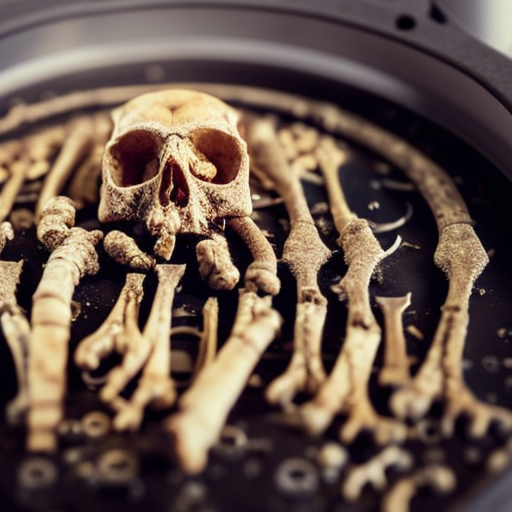Summary:
Forensic anthropology is a branch of anthropology that applies scientific methods to identify and analyze human remains for legal purposes. It involves the study of skeletal remains to determine the age, sex, ancestry, and other characteristics of the deceased individual. Forensic anthropologists play a crucial role in criminal investigations, mass disasters, and human rights investigations.
Introduction:
Forensic anthropology is a specialized field within anthropology that focuses on the identification and analysis of human remains for legal purposes. It combines knowledge from biological anthropology, archaeology, and forensic science to provide valuable insights into the circumstances surrounding a person’s death. By examining skeletal remains, forensic anthropologists can determine important information about the deceased individual, such as their age, sex, ancestry, stature, and any signs of trauma or disease.
Methods and Techniques:
Forensic anthropologists employ a variety of methods and techniques to analyze human remains. They start by examining the overall condition of the skeleton and assessing its completeness. They then measure various skeletal features to estimate the individual’s height and determine their sex. The analysis of dental remains can provide information about the person’s age, while the examination of cranial features can help determine their ancestry.
Forensic anthropologists also look for signs of trauma or disease on the bones, which can provide important clues about the cause of death. They may use imaging techniques such as X-rays or CT scans to further investigate any injuries or abnormalities. Additionally, they may conduct chemical analyses to determine the presence of drugs or toxins in the remains.
Applications:
Forensic anthropology has numerous applications in legal and scientific contexts. In criminal investigations, forensic anthropologists can assist in identifying human remains, reconstructing the events leading to a person’s death, and providing expert testimony in court. They can also help determine the postmortem interval, or the time since death, which is crucial in establishing a timeline for criminal investigations.
Forensic anthropologists are also involved in mass disaster situations, such as plane crashes or natural disasters, where the identification of victims is challenging. By examining skeletal remains, they can assist in identifying individuals and reuniting them with their families. In cases of human rights violations, forensic anthropologists play a crucial role in investigating and documenting evidence of mass graves and human rights abuses.
Challenges and Limitations:
Forensic anthropology faces several challenges and limitations. The condition of the remains, such as their level of decomposition or damage, can significantly impact the accuracy of the analysis. Additionally, the availability of resources, such as access to specialized equipment or databases, can vary depending on the location and jurisdiction.
Another limitation is the reliance on population-specific databases for estimating ancestry and stature. These databases may not accurately represent the diverse populations encountered in forensic cases, leading to potential inaccuracies in the analysis. Furthermore, forensic anthropologists must be cautious about making definitive conclusions based solely on skeletal evidence, as other factors and evidence may need to be considered in conjunction with their findings.
Conclusion:
Forensic anthropology is a vital field that contributes to the investigation of crimes, identification of human remains, and documentation of human rights abuses. By applying scientific methods and techniques to skeletal remains, forensic anthropologists can provide valuable information about the deceased individual, aiding in the pursuit of justice and closure for families. Despite its challenges and limitations, forensic anthropology continues to play a crucial role in the field of forensic science.












